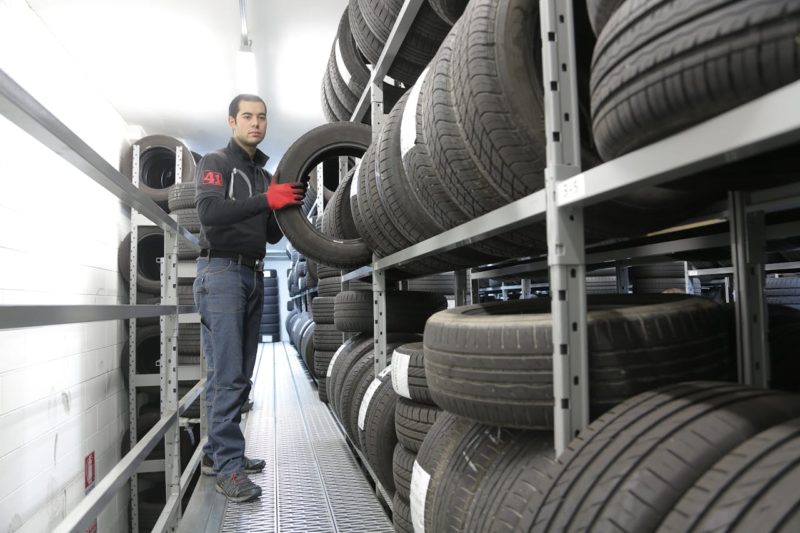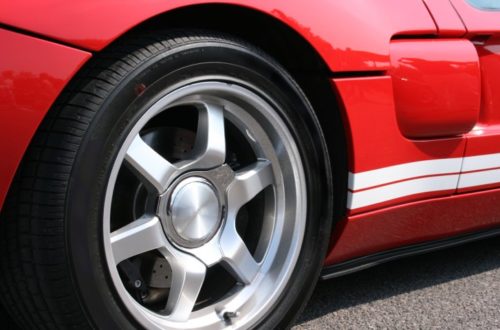How Tire Tread Design Affects Handling and Safety

Tires are the most integral member of your vehicle that determines high performance with safety. Most people do not realize that the tire tread design influences vehicle handling and response. Glimpses of these designs can be beneficial for safety as well as driving pleasure. Let’s explore how different tread patterns impact your vehicle’s performance.
Understanding these patterns becomes easier when you look at real-world performance data. Reading Sumitomo tires reviews and similar evaluations can help you see how different tire tread designs perform in various conditions. Now, let’s dive into the main types of tread patterns you’ll encounter.
Understanding Tire Tread Patterns
Tire tread refers to the portion of the tire that meets the road. The design consists of interlocking grooves, blocks, and sipes that enhance grip and stability. Every pattern is designed for specific driving conditions and preferences.
Symmetrical Tread Patterns
Symmetrical tread patterns are the same all across the tire. This type of design is common in conventional passenger vehicles. It provides a comfortable ride and offers durability. Tires with symmetrical patterns can be used on both axles, which makes it convenient for rotation and maintenance. They are perfect for dry conditions, ensuring a stable and comfortable drive.
Asymmetrical Tread Patterns
An asymmetrical pattern has different tread patterns on each side of the tire. It blends multiple performance requirements like dry handling and wet traction. The inner could be more heavily grooved for dispersing water, while the outer is more so for cornering. This layout is favored among sporty and luxury vehicles, and it bridges the gap between performance and safety.
Directional Tread Patterns
These tires have a directional tread pattern, and they are built to rotate in one direction only. The V shape of the rubber helps optimize water management, therefore lessening the hydroplaning risks. You get a better grip and control on wet surfaces using these tires. They also need to be mounted and rotated with care; improper installation can hinder performance.
The Impact on Handling
Tire tread design directly affects vehicle handling. It impacts steering response, cornering stability, and ride comfort. A wide tread block improves dry grip, but its performance on wet surfaces possesses a downside, for instance. On the other hand, those with more grooves and sipes can help with traction in rain or snow.
Safety Considerations
Choosing tires is all about safety. A good tread can save you from an accident by providing the right amount of traction and stability. During wet conditions, the ability for a tire to disperse water from the contact patch is necessary. It helps to create a less slippery environment. According to the National Highway Traffic Safety Administration, maintaining proper tire tread depth is critical for vehicle safety, especially in adverse weather conditions. For snow areas, you need deeper grooves combined with special compounds to keep vehicles steady and secure.
Fuel Efficiency and Tire Tread Design
The tire tread design also has an impact on fuel economy. Less rolling resistance equals lower energy consumption equals higher fuel economy. Symmetric patterns tend to strike a balance between functional efficiency and performance. But choosing the proper tread for particular driving conditions can cut down the gas catastrophe even more.
Which Tread Is Right for You?
Tire tread plays a key role in traction and stability, so the choice depends on conditions and preferences. If you live in a part of the country that gets a lot of rain and where we would need wet traction, then drivers living in dry climates may be shopping more for performance handling. A consultation with a tire professional can help in properly selecting and deciding on the borderline between safety and performance.
Regular Maintenance and Inspection
Proper tire care is essential in extending tire life and keeping it safe. For optimal performance, make sure that the tread depth, alignment, and pressure are good. Even rotating tires based on the recommendation from the manufacturer can help to eliminate uneven wear. Frequent inspections ensure drivers are aware of potential problems and can replace them at the right time.
Conclusion
Tire tread design does more than just look pretty. It is an important parameter from the perspective of handling, safety, and efficiency. An awareness of various patterns and the accompanying advantages enables drivers to adjust their actions accordingly. With the right tread and proper maintenance, the drive can be safer and more pleasurable.
Would you like to receive similar articles by email?





